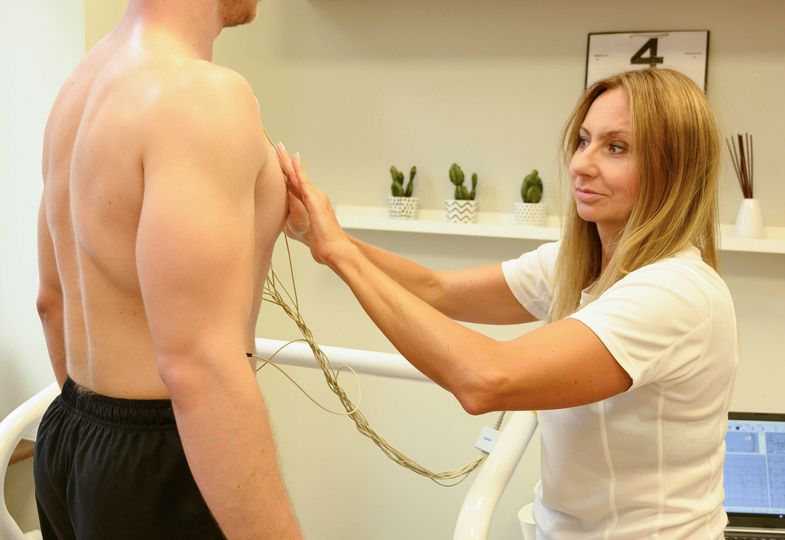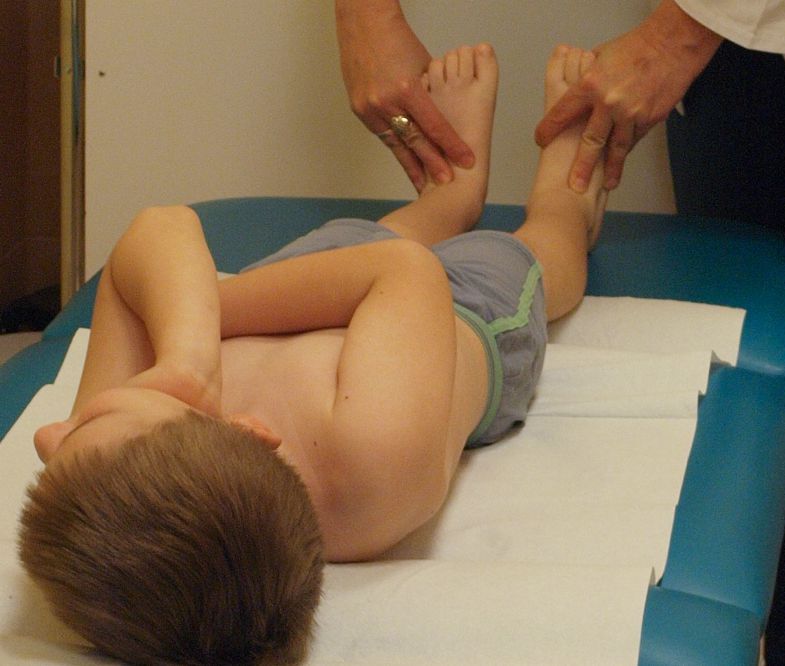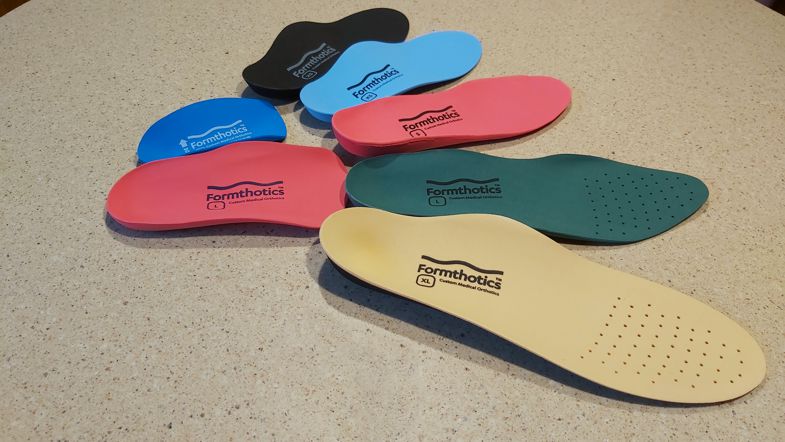
Badania po 23 roku życia
W SPORTSmed wykonujemy badania sportowo-lekarskie dla osób powyżej 23 roku życia uprawiających sport zarówno profesjonalnie jak i amatorsko. Uprawnienia w tym zakresie posiada kilku naszych specjalistów medycyny sportowej, co wpływa na dużą dostępność tego typu badań.
Badania przed 23 rokiem życia
W SPORTSmed badania sportowo-lekarskie dla osób poniżej 23 roku życia wykonują wyłącznie specjaliści medycyny sportowej lub lekarze posiadający uprawnienia do orzekania w sporcie amatorskim do 23 roku życia nadane przez Polskie Towarzystwo Medycyny Sportowej będący w trakcie specjalizacji w zakresie medycyny sportowej. Pozostaje to w zgodzie ze stanowiskiem Prezesa Polskiego Towarzystwa Medycyny Sportowej i specjalistów medycyny sportowej z Dolnego Śląska.
Kto ma uprawnienia do wydawania orzeczeń?
Zgodnie z obowiązującymi przepisami i stanowiskiem prezesa Polskiego Towarzystwa Medycyny Sportowej i lekarzy specjalistów medycyny sportowej z Dolnego Śląska dzieci i młodzież do 23 roku życia które podejmują współzawodnictwo sportowe, u których aktywność fizyczna wykracza poza trening ogólnorozwojowy i dochodzi do wybiórczego rozwijania jednego rodzaju umiejętności ruchowych oraz osoby ze schorzeniami przewlekłymi, po urazach, po zabiegach operacyjnych w zakresie układu krążenia, ruchu, układu nerwowego i innych układów wymagają w celu prawidłowej oceny stanu zdrowia i możliwości bezpiecznego uczestnictwa we współzawodnictwie sportowym badania przez specjalistę medycyny sportowej.
Częstość badań
Okres na jaki wystawiana jest zdolność do uprawiania sportu nie może być dłuższa niż 6 lub 12 miesięcy (zgodnie z obowiązującymi przepisami i stanowiskiem prezesa Polskiego Towarzystwa Medycyny Sportowej i lekarzy specjalistów medycyny sportowej z Dolnego Śląska). Jest on ustalany indywidualnie zgodnie z wiedzą medyczną w zakresie medycyny sportowej i zależy od obciążenia, rodzaju dyscypliny sportowej, wieku i stanu zdrowia zawodnika.
Badania kadr narodowych w ramach COMS
Badania wykonywane są po otrzymaniu skierowania z Centralnego Ośrodka Medycyny Sportowej, TYLKO po TELEFONICZNYM uzgodnieniu terminu. Na badania trzeba zgłosić się z wynikami badan laboratoryjnych na które otrzymacie państwo skierowanie droga elektroniczną.
Jak się przygotować?
Na badania sportowo-lekarskie należy zabrać całą wcześniejszą dokumentację medyczną, aktualne wyniki badań laboratoryjnych (morfologia, mocz, glukoza), aktualny wynik konsultacji okulistycznej, w przypadku sztuk walki aktualny wynik konsultacji neurologicznej, a w przypadku płetwonurkowania aktualny wynik spirometrii. Lekarz może zlecić wykonanie innych badań i konsultacji jeżeli będzie to niezbędne do wydania orzeczenia.
Druki do pobrania
Przepisy dotyczące orzecznictwa
- http://isap.sejm.gov.pl/isap.nsf/download.xsp/WDU20101270857/U/D20100857Lj.pdf
- https://isap.sejm.gov.pl/isap.nsf/download.xsp/WDU20200000817/O/D20200817.pdf
- http://isap.sejm.gov.pl/isap.nsf/download.xsp/WDU20190000395/O/D20190395.pdf
- https://sip.lex.pl/akty-prawne/dzu-dziennik-ustaw/zakres-i-sposob-realizowania-opieki-medycznej-nad-zawodnikami-18260088
- Pismo do Prezesa Dolnośląskiej Federacji Sportu











